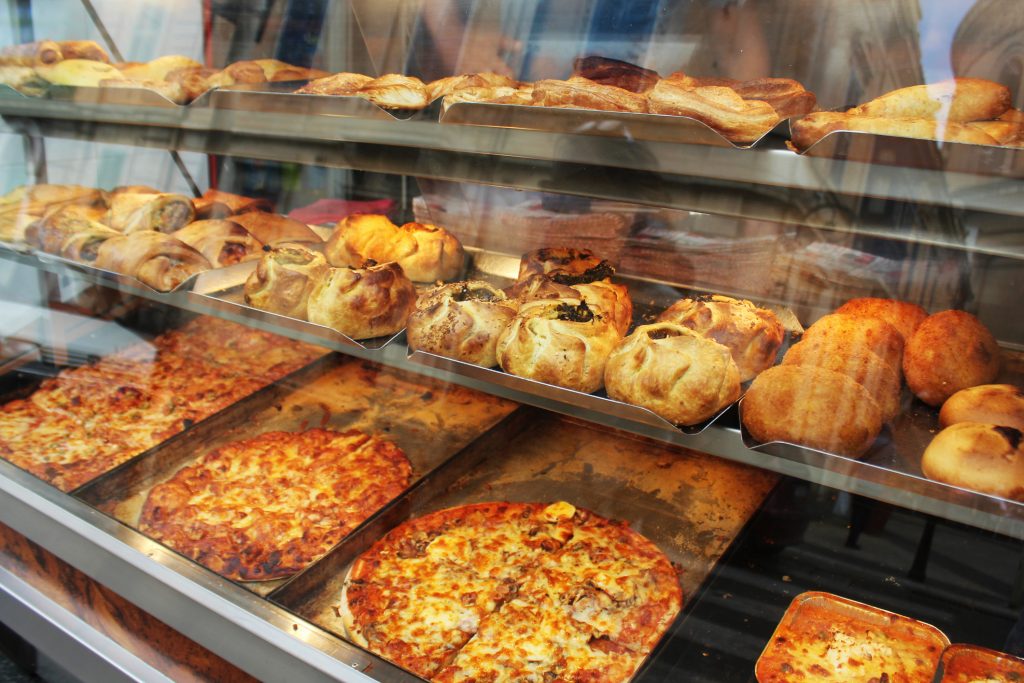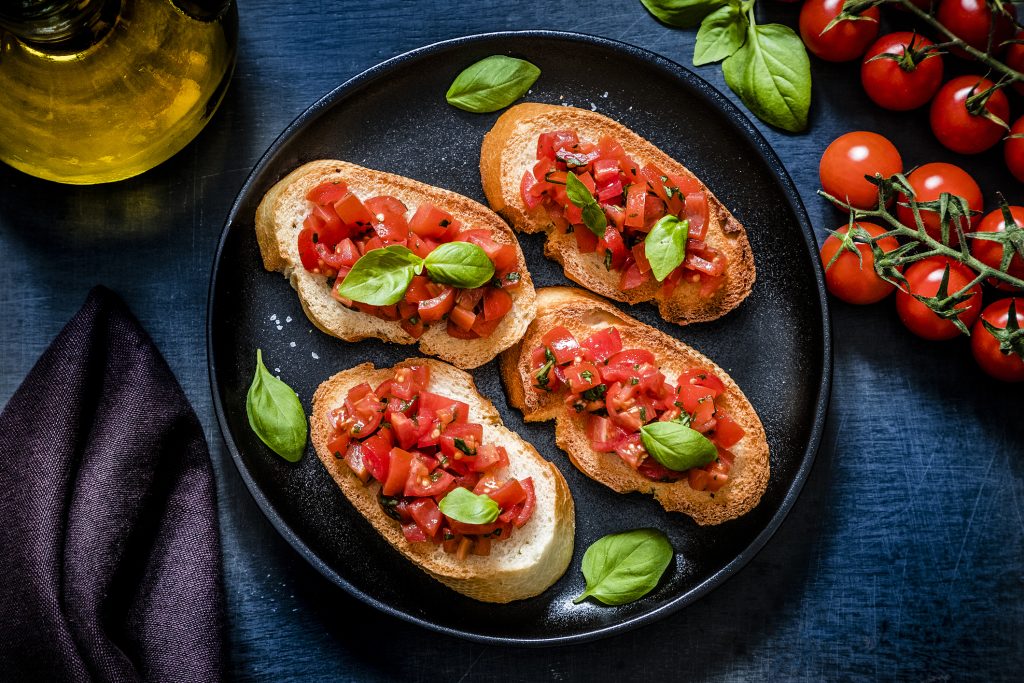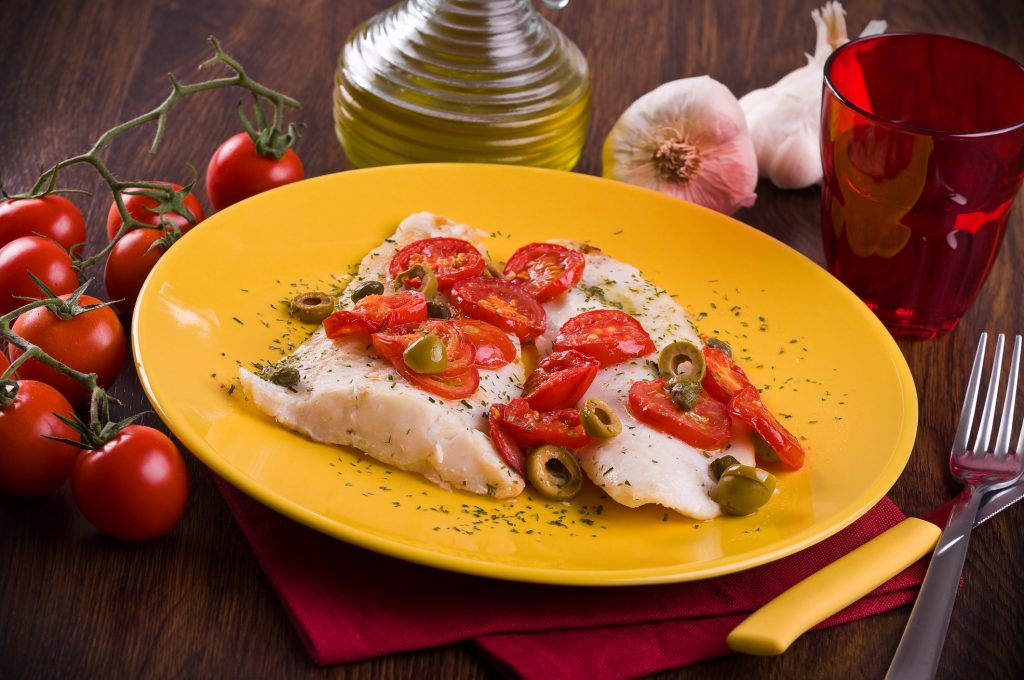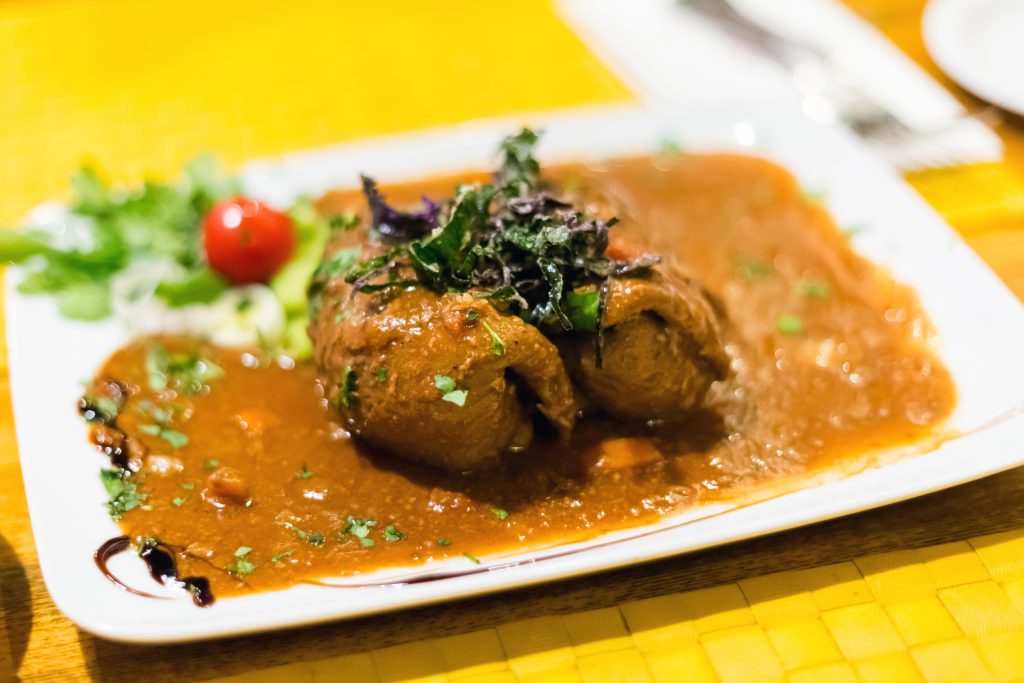Discover the Many-Splendored Foods of Malta


Do you know where Malta is? Many people probably don’t. You’ve heard of The Maltese Falcon with Humphrey Bogart and there’s a good chance you’ve met a fluffy, white Maltese dog. But one of the best things I discovered in my visit to Malta is the cuisine.
Malta consists of a small archipelago of islands in the Mediterranean about 50 miles south of Sicily, approximately 200 miles north of Libya, and 175 miles east of Tunisia. It’s been inhabited for thousands of years by various conquerors passing through including Phoenicians, Carthaginians (both from the eastern Mediterranean), Romans, Greeks, Arabs, Normans, Aragonese (from southern Spain), Knights of St. John, French, and British, among others.
Not only did these groups find Malta strategically advantageous, but also a gem of a location with a mild climate and inviting coastline. Today, it’s a thriving city-state with a booming tourist industry. Besides lovely weather and a relaxed vibe, Malta has stunning architecture, the legacy of so many cultures that have settled there at various times over the centuries. Then there’s the food!
 Malta’s proximity to Sicily means that its cuisines are very similar—a healthful Mediterranean diet on steroids with plenty of fish, poultry, beef, seasonal produce, tomatoes, whole grains, olive oil to cook with, and lots of native wines. Besides being characterized by strong Sicilian and Italian connections, Maltese cooking has influences from English, Spanish, Moroccan and Provençal cuisines.
Malta’s proximity to Sicily means that its cuisines are very similar—a healthful Mediterranean diet on steroids with plenty of fish, poultry, beef, seasonal produce, tomatoes, whole grains, olive oil to cook with, and lots of native wines. Besides being characterized by strong Sicilian and Italian connections, Maltese cooking has influences from English, Spanish, Moroccan and Provençal cuisines.
Several months ago, I had the pleasure of staying at an elegant resort called the Hotel Phoenicia, where the food was created from all the best ingredients the Mediterranean region has to offer.
Traditional Maltese food is rustic and based on the seasons. lampuki pie (fish pie), rabbit stew, bragioli (beef rolls), kapunata (a Maltese version of ratatouille), and widow’s soup, which includes a small round of sheep or goat’s cheese. All include the benefits of a Mediterranean diet— low in saturated fat, lots of fiber from fruits and vegetables, protein from fish, poultry, a little bit of red meat and dairy in small amounts.
The breads and baked goods are legendary, with pastizzi made from filo pastry filled with either a ricotta or a pea filling and available on practically every corner. There are sweet versions also. Pastizzi with a cup of coffee or tea is the typical Maltese breakfast. While in Malta, I enjoyed freshly-baked bread and empanadas from the Phoenicia’s hotel kitchen, and I bought bags of delicious Maltese cookies from a well-known bakery in Valletta to bring home to friends.
For a snack, you might recognize hobz biz-zejt, which is a Maltese version of Italian bruschetta, thick toasted bread with tomatoes and other savory items on it.
 Hobz biz-zejt
Hobz biz-zejt
There isn’t an exact recipe for this dish, but these are the ingredients it’s generally made with. Add or delete to your taste.
Ingredients
Thick slices of crusty Italian-style bread
Ripe tomatoes, halved and seeded
Extra virgin olive oil
Sea salt and freshly ground pepper
A splash of red wine vinegar
Fresh basil leaves, torn
Fresh mint leaves, torn
Pitted olives
Capers
Anchovies
Finely sliced onion
Instructions
1. Cut tomatoes in half. With each tomato half rub the slices of bread.
2. Pour the olive oil on a flat plate and press the tomato side of bread into it.
3. Replace the tomato half on the slice of bread, sprinkle with salt and pepper and any of the suggested ingredients you like.
4. Pile onto a serving dish and garnish with fresh basil or mint leaves.
Fish is a staple of Mediterranean cuisine and Malta’s favorite fish is lampuki, which is their version of mahi-mahi or el dorado, a mild fish with firm flesh. This fish is roasted, baked, grilled, served raw as ceviche and even baked in pie. This recipe features all the familiarly delicious flavors of southern Italy. Fish is an excellent source of protein and omega-3 fatty acids. Tomatoes are a great source of the antioxidant lycopene and cooking them intensifies their healthful properties.
 Lampuki with Capers, Olives, and Basil
Lampuki with Capers, Olives, and Basil
Serves Two
Ingredients
4 Tbs. olive oil
2 small or 1 large lampuki (or mahi-mahi) fillets
1 cup flour
Salt and freshly ground black pepper to taste
1 medium onion, chopped
2 garlic cloves, diced
1 Tbs. tomato paste
16 oz. crushed tomatoes in juice
1/3 cup olives (black, green, kalamata– your choice)
3 Tbs. capers, drained
1 small bunch chopped fresh basil
2 bay leaves
Salt and freshly ground black pepper to taste
Instructions
- Roll the lampuki fillets in the flour until all sides are covered.
- Add olive oil to a pan on medium heat; when the oil starts to shimmer, add the fish pieces. Fry on both sides until golden and fish is cooked through, about two minutes each side.
- Meanwhile, prepare the sauce in another pan with a tablespoon of olive oil on medium heat. Sauté the onion until just translucent (about three minutes) and garlic until fragrant (about 30 seconds). Add in the bay leaves followed by the crushed tomatoes, tomato paste, and season with salt and pepper; stir and allow to simmer for about 5-6 minutes.
- Add in the olives, capers, about a quarter cup of the basil and stir for another minute. Place the lampuki cutlets in the sauce and allow to simmer on low heat for another 3-4 minutes.
- Serve the fillets and sauce with pasta or roasted potatoes.
Beef is used in a limited way in Mediterranean cuisine, but there are recipes that include lean cuts in small amounts. Beef is an excellent source of protein and iron, so a small amount is an excellent nutritional choice. There’s also some bacon in this recipe, which, in small amounts for flavor, is consistent with Mediterranean cuisine.
 Bragioli (Stuffed Beef Rolls)
Bragioli (Stuffed Beef Rolls)
This recipe can be prepared in a slow cooker or on stovetop in a Dutch oven.
Ingredients
Serves 4-6
For the beef rolls:
Parchment paper
8 slices of top sirloin or flank steak
1 cup dried sourdough breadcrumbs
4 slices cooked and chopped bacon
3 garlic cloves (crushed or finely chopped)
3 hard boiled eggs cooled, peeled then roughly chopped
Small bunch of chopped fresh parsley
Olive oil
Salt & freshly ground pepper to taste
For the sauce:
1 Tbs. olive oil
1 medium onion, chopped
2 cloves garlic (crushed or finely chopped)
2 Tbs. tomato paste
1/4 cup red wine
16 oz. can or jar of crushed tomatoes in juice
1 tsp. dried basil
1 tsp. dried oregano
1 tsp. dried, chopped rosemary
1/2 tsp. sugar
1 beef stock cube
1/4 cup beef stock
1/2 cup frozen peas
Instructions
For the beef rolls:
- Lay slices of beef on a long piece of parchment paper. Lay another long piece of baking paper on top and gently pound the pieces of beef until thin, about ¼ inch or less.
- In a bowl, mix the breadcrumbs, cooked bacon, garlic, hard boiled eggs, parsley, olive oil, salt and pepper.
- Place 1-2 Tbs. of the mixture onto each piece of beef. Roll them tightly making sure to stuff any of the mixture that falls out back into the roll. Secure with toothpicks.
- Heat some olive oil in a frying pan until hot and sear the beef. Once they are brown on all sides take them out of the pan.
For the sauce:
- Heat olive oil in a straight sided pan and sauté onion, about 3-4 minutes until the onion is translucent. Add the garlic and cook for another minute. Add the tomato paste and cook for about a minute. Add the red wine and cook until almost evaporated, then add the crushed tomatoes, basil, oregano, rosemary, sugar, beef stock cube, and beef stock. Bring to a boil, then remove from heat.
- Place beef rolls in a slow cooker and pour the sauce on top. Cook on low for 7 hours. At about 6 hours add the peas. If you don’t have a slow cooker, cook the beef rolls and the sauce in a Dutch oven over low medium heat for 20-25 minutes. Add in the peas, then simmer for another hour.
- Serve with flat pasta or boiled potatoes and garnish with additional freshly chopped parsley
- Please note that the beef rolls will shrink!